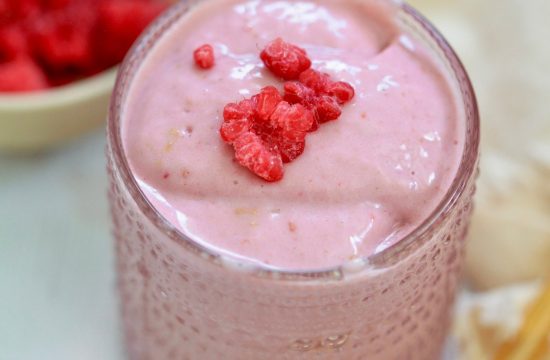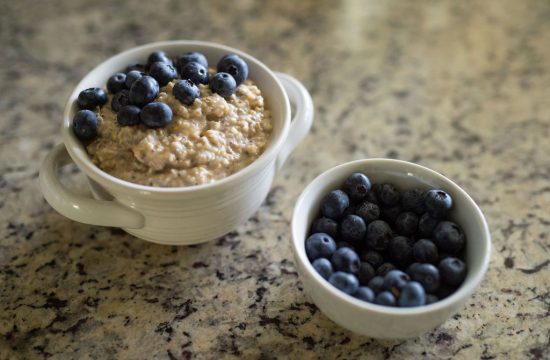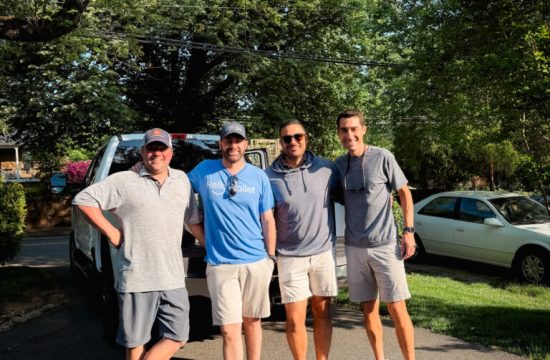Article by Dr Manasa S, B.A.M.S & Dr Raghuram Y.S. MD (Ay)
Bones form the structural skeleton of humans. Their optimum health is a must. A popular test to evaluate the bone health is BMD i.e. Bone Mineral Density Test. It is used for diagnosis of osteopenia, osteoporosis and to determine the risk of bone fractures.
BMD test is done using dual-energy x-ray absorptiometry known as DEXA scan, which is the most common and accurate way to access bone density. They are of two types – Central DEXA scan and Peripheral DEXA scan. The results are interpreted through T score and Z score.
Related Reading – “Bone Mineral Density Test”
But can we access the status of bone health and measure BMD through Ayurveda diagnostic measures?
We will see if we can, in this article.
Asthi Dhatu – Bone, in Ayurveda is called as asthi dhatu. It is a tissue and has paternal origin. Ayurveda also opines that ‘supporting the body’ is its main function.
Majja Dhatu – Bone marrow or Majja dhatu is the next tissue formed in the chronology of formation of tissues. Therefore, majja dhatu is formed after and from asthi dhatu.
Asthi Marmas – Asthi marma is one among the five main types of marmas i.e. vital structures or organs. This means to tell that certain bones and the related structures around them are recognized as Marmas.
Markers of decreased BMD – Ayurveda perspective
Vata, Asthi and Asthi Kshaya – Vata is the main dosha related to the bone. Bone and vata are said to have a residence and resident relationship. There are many chief seats of vata in the body. Bone is one among them. If vata undergoes pathological increase, it can cause destruction of bone and its substance. The bone tissue undergoes depletion and destruction. This would make the bones weak and fragile and susceptible for fractures. This condition is called as asthi kshaya. It has been popularly compared to osteoporosis and osteopenia. When bone and joint related symptoms are found in conditions where there is abnormal increase in vata, it may call for a BMD evaluation.
Asthi Kshaya as Osteopenia and Osteoporosis – The beginning phase of asthi kshaya can be considered as osteopenia and the advanced stage of asthi kshaya wherein most of the bone mass has been reduced can be correlated to osteoporosis.
Factors involved in maintenance of bone density – The bone density is maintained at healthy levels if the chemistry between the bone tissue and vata is in a state of balance. The precursor tissue i.e. meda – the fat tissue and the successor tissue i.e. majja – the bone marrow are also important members in this discussion and need to be evaluated. The bone health and density depend on how these tissues, mainly fat is formed and converted in the body. The health of bone marrow is further dependent on how well the bones are formed and maintained in the body. This explanation goes on the logical description of ‘chronological formation of tissues’ from one another – in Ayurveda treatises. Meda, Asthi and Majja are formed in that order and therefore their balance is also mutually dependent.
Related Reading – ‘Abnormal increase and decrease of fat and its influence on bone and joint health and bone density’
Medo Dhatu Kshaya – The symptoms of fat tissue depletion which might indicate for a want of ‘BMD evaluation’ are – sandhi sphutana – cracking of the joints, glani – lassitude, akshno ayasa – tiredness of eyes and udara tanutva – thinness of abdomen.
Asthi Dhatu Kshaya – signs of depletion of bone tissue are also the important markers which indicate the need for BMD evaluation. This condition is marked by the symptoms like – falling off of the hairs, nails, hairs of beard and moustache and teeth, looseness of joints and tiredness.
Majja Dhatu Kshaya – Depletion of bone marrow tissue presents with emptiness of bones (as in osteopenia and osteoporosis, decreased BMD), thinness, weakness and lightness of bones and frequent affliction with disorders caused due to vata imbalance (due to the residence and resident relationship of bone tissue and vata). These are also the important markers for BMD evaluation.
Decrease in signs of ‘asthi sara’ – Asthi Sara Purusha is a person who has best quality bone tissue in comparison to the others. Decrease of these signs or appearance of signs opposite to those of ‘sara lakshanas’ will indicate pure bone health and decreased BMD. This might call for further evaluation to make a confirmed diagnosis.
People with best quality bone tissue (enriched bone tissue) will have big and robust heels, ankles, forearm, collar bones, chin, head, small joints of hands and feet (digits), bones, nails and teeth. They will have big head and shoulders, big teeth and jaws, big bones and nails. They are extremely enthusiastic, active, endurance, well built body, strong and stable body and longevity.
Related Reading – Asthi Sara Purusha Lakshanas
Other markers – include – signs of asthi pradoshaja vikara i.e. diseases caused due to contamination of bones, asthigata vata – abnormal increase of vata in the bones and asthyavruta vata – functions of vata being obstructed by bone tissue.
Summary
Below mentioned are the tools / markers needed to evaluate the bone mass density and the proneness for a person to develop osteopenia or osteoporosis. The same are also the signs and symptoms of osteopenia or osteoporosis when they are fully manifested.
They are –
- Signs and symptoms of asthi kshaya
- Signs and symptoms of medo vriddhi
- Signs and symptoms of medo kshaya
- Signs and symptoms of majja kshaya
- Signs of sudden changes in the signs of ‘asthi sara purusha’
- Signs and symptoms of vata vriddhi in the body
- Signs and symptoms of asthi pradoshaja rogas
- Signs and symptoms of asthigata vata or asthi avruta vata















